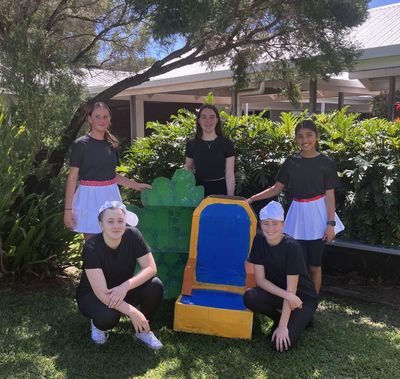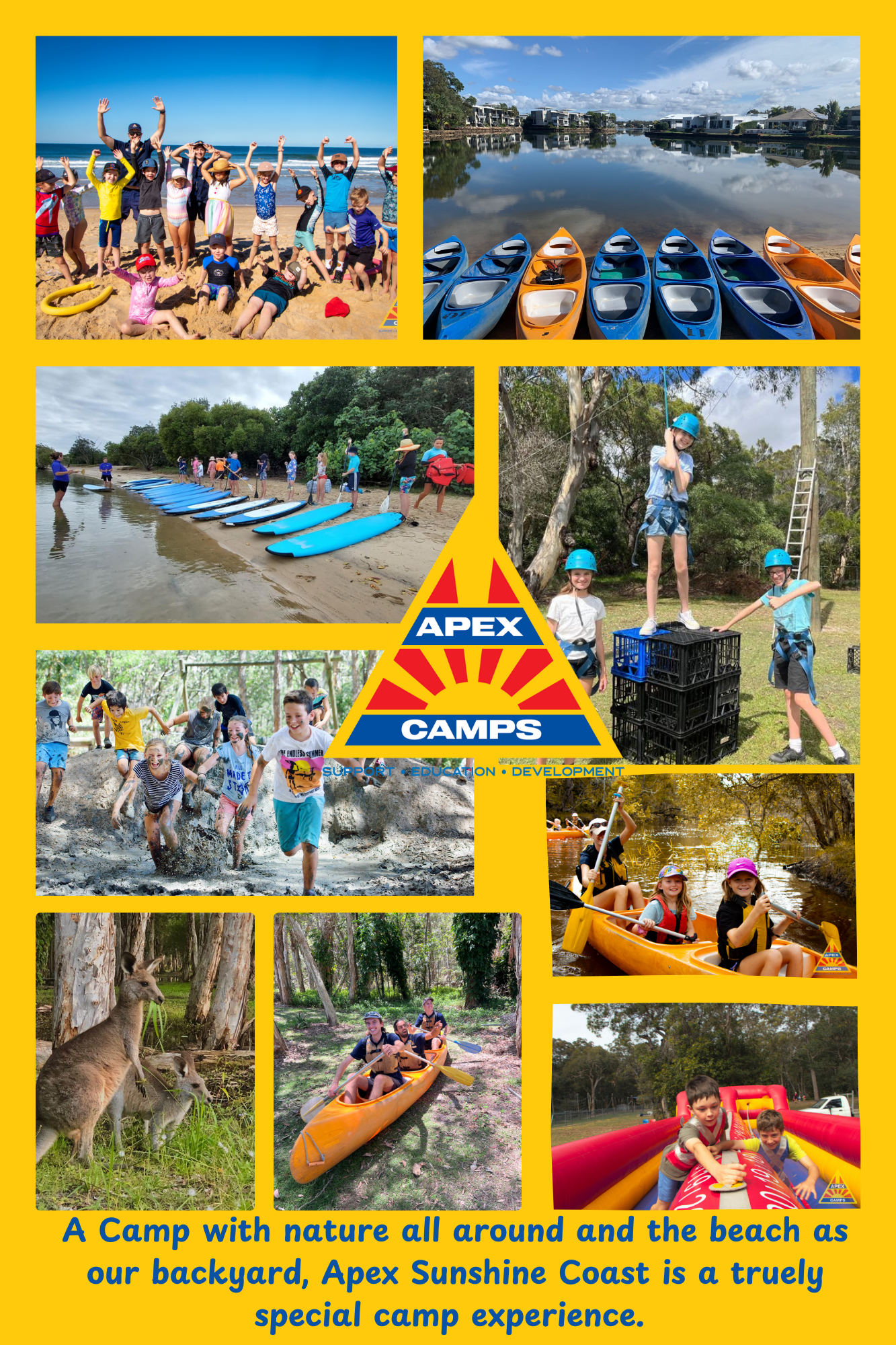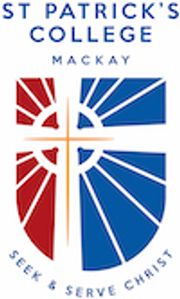The world of education is constantly changing and evolving. Students are exposed to an evolving curriculum, changing pedagogical practices, and alterations in school design. These changes are often shaped by legislation down to school-based decisions. However, during a student’s educational journey outside factors can also impact upon the classroom. There would be no student that wouldn’t say that the Covid pandemic wasn’t an influential factor during their schooling. This was a time where education changed significantly, especially in the realm of technology. Students participated in online learning in the form of zoom presentations and online platforms, that were previously in place but not embraced to the degree that they were adopted during the pandemic. For some students and parents/guardians it wasn’t too long ago that overhead projectors and chalkboards were a part of every classroom and now lessons are conducted through digital platforms such as Google Classroom and Education Perfect. These changes in education were significant and have continued to be embraced within the classroom. However, this technological advancement was only the beginning of great change, change that came in the form of artificial intelligence (AI).
Introduced in November 2022 by Open AI, this large language model (LLM), a generative chatbot more commonly known as ChatGPT, was introduced to the world. This brought great excitement and trepidation, with questions ranging from whether this would replace human thinking to how this could be embraced to develop our intelligence. As is demonstrated in any industry, the development of generative chatbots escalated and an abundance of these LLMs have flooded the market ranging from Perplexity to Copilot. For educators, AI presents both opportunities and challenges:
Opportunities
- Vast amounts of information now sourced in moments that are referenced
- The ability to engage and summarise PDF documents in seconds
- A system that rewrites information into language that is simplified for understanding
- A mechanism for brainstorming methods to spark creative ideas when hit by a roadblock
- A tool that organises information into categories
- An opportunity for students to be creative and to develop visual images, songs, presentations
- A system that organises data into simplified tables for understanding
- A tool that increases productivity
- Individualised learning - Adaptive learning platforms that use AI algorithms to analyse student performance and adjust content difficulty, pacing, and style in real-time
- Students can get rapid and detailed feedback if the parameters are set.
Challenges
1. The ethics of academic dishonesty - as they haven’t produced the work themselves, this violates academic integrity which can lead to serious consequences. It is also unethical to pass work off as their own when they haven’t produced it, so this plays upon their mind. Fears of when they will be caught, how much trouble will they be in, will it adversely impact on their overall results, could overwhelm the student which can have consequences upon their psychological health.
2. Cognitive development - if we have chatbots write responses, solve problems, reduce our creativity, the question remains whether we will enter a ‘dark age’ and regress. The biggest concern is that if students just use AI to ‘do their thinking’ they will miss out on fundamental learning that develops cognitive processes. If they use AI to write the response, answer the question, solve the problem, they are bypassing crucial skills.
3. It’s not developing the individual - to just write a prompt and have the chatbot write it, reduces the student’s opportunity to develop their personal growth and develops a reliance on the technology to do the work. This dependence upon AI can create self-doubt and unwillingness to attempt new ideas.
4. Chatbots at times can give responses that are flawed, making hallucinations (errors).
Despite the challenges being well-founded, educators cannot ignore AI. Just like the great space race, we cannot allow our students to be left behind. Instead, we must educate students on ways that it can enrich learning, to use it to develop an understanding of a topic, a tutor when the teacher is unavailable, a method to increase productivity, a means to move past a mental block and a tool to enhance the thinking process. We can also educate students that AI may not be the answer for every occasion, sometimes great thinking can develop with paper and pen. But the time is not to stick our heads in the sand and be left behind. AI is part of their future, and it is something we as educators must guide our students upon.
This process of guiding students has begun with the staff at St Patrick’s College. They have been involved in professional development, dedicated workshops in staff meetings and dedicated sessions have been planned for the upcoming student free day. Based on the age of the students, the process is now filtering through the curriculum, beginning in the senior levels. This is a carefully planned out process which must incorporate the involvement of parents/guardians. This is why the Parent Engagement Session on September 5 is focused on AI in education; to provide information on the generative chatbot space and the range of creative AI being incorporated into the classroom.






















































